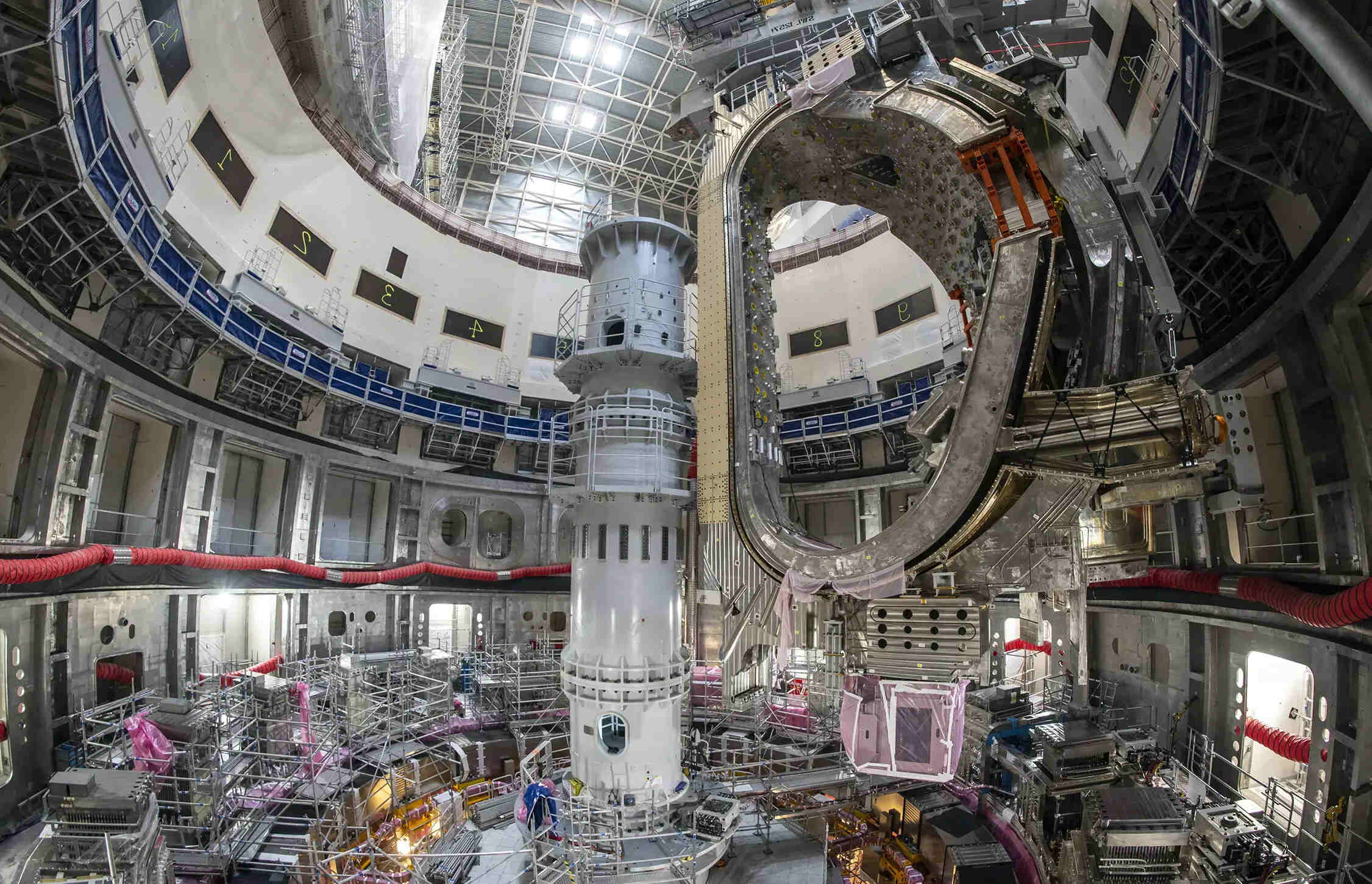Hidden Sites Of Early Nuclear Power Experiments

Have you ever wondered where the first nuclear power experiments took place? These hidden sites hold secrets of early atomic research. From remote deserts to underground labs, these locations played a crucial role in shaping modern energy. Imagine walking through a desert where scientists once tested atomic bombs or exploring a quiet forest that housed a secret lab. These places are not just historical landmarks; they are stories of innovation and discovery. Join us as we uncover the hidden sites of early nuclear power experiments and learn about the fascinating history behind them.
The Dawn of Nuclear Power
Early nuclear power experiments were conducted in secretive locations, often hidden from public view. These sites played a crucial role in shaping modern nuclear energy. Let's explore some of these hidden sites.
The Birthplace of Nuclear Energy
The first controlled nuclear chain reaction took place in an unassuming location. This site marked the beginning of the nuclear age.
- Chicago Pile-1 (CP-1), USA
- Located under the stands of Stagg Field at the University of Chicago, CP-1 was the world's first nuclear reactor. Enrico Fermi and his team achieved the first self-sustaining nuclear chain reaction here on December 2, 1942.
Secretive Military Installations
Military needs drove much of the early nuclear research. These installations were often shrouded in secrecy and heavily guarded.
Los Alamos National Laboratory, USA
- Established during World War II as part of the Manhattan Project, Los Alamos was the site where the first atomic bombs were designed and built. The lab remains a key center for nuclear research.
Oak Ridge National Laboratory, USA
- Another Manhattan Project site, Oak Ridge focused on uranium enrichment and reactor development. The X-10 Graphite Reactor here was the world's second reactor and the first designed for continuous operation.
Remote Testing Grounds
Testing nuclear devices required isolated locations to ensure safety and secrecy. These remote sites witnessed some of the most significant nuclear tests.
Nevada Test Site, USA
- Located in the Nevada desert, this site hosted over 1,000 nuclear tests from 1951 to 1992. It played a crucial role in the development of nuclear weapons and power.
Semipalatinsk Test Site, Kazakhstan
- The primary testing ground for the Soviet Union's nuclear weapons, Semipalatinsk saw 456 nuclear tests between 1949 and 1989. The site remains heavily contaminated.
Early Civilian Nuclear Power Plants
As nuclear technology transitioned from military to civilian use, early power plants were built to harness nuclear energy for electricity.
Shippingport Atomic Power Station, USA
- The first commercial nuclear power plant in the world, Shippingport began operations in 1957. It demonstrated the feasibility of using nuclear reactors for electricity generation.
Obninsk Nuclear Power Plant, Russia
- The world's first nuclear power plant to generate electricity for a power grid, Obninsk started operations in 1954. It marked the Soviet Union's entry into civilian nuclear power.
Abandoned Experimental Sites
Some early nuclear experiments were conducted at sites that are now abandoned, leaving behind a legacy of innovation and, sometimes, contamination.
Hanford Site, USA
- Established as part of the Manhattan Project, Hanford produced plutonium for nuclear weapons. The site is now a major cleanup project due to extensive contamination.
Windscale, UK
- The site of the UK's first nuclear reactors, Windscale experienced a major fire in 1957, releasing radioactive contamination. It was later renamed Sellafield and remains a key site for nuclear decommissioning.
International Collaborations
Early nuclear research wasn't confined to one country. International collaborations helped advance nuclear technology and fostered global cooperation.
CERN, Switzerland
- While primarily known for particle physics, CERN's early research contributed to nuclear science. The Synchrocyclotron, CERN's first accelerator, began operations in 1957 and was used for nuclear experiments.
Institut Laue-Langevin, France
- Founded in 1967, this international research center focuses on neutron science. Its high-flux reactor has been used for various nuclear experiments and research.
These hidden sites of early nuclear power experiments played pivotal roles in the development of nuclear technology. Each location holds a unique place in history, contributing to the advancements that shape our world today.
Reflecting on the Legacy of Early Nuclear Power Sites
Early nuclear power experiments left a significant mark on history. Visiting these hidden sites offers a unique glimpse into the past. Places like Oak Ridge, Hanford, and Los Alamos played crucial roles in shaping modern nuclear technology. Exploring these locations provides insight into the challenges and achievements of early scientists.
These sites are not just historical landmarks. They are reminders of the power and responsibility that come with scientific discovery. Walking through these areas, you can almost feel the weight of the decisions made there. It's a humbling experience that connects you to a pivotal moment in history.
Whether you're a history buff or just curious, these hidden sites offer a fascinating journey into the origins of nuclear power. They remind us of the progress we've made and the lessons learned along the way.

